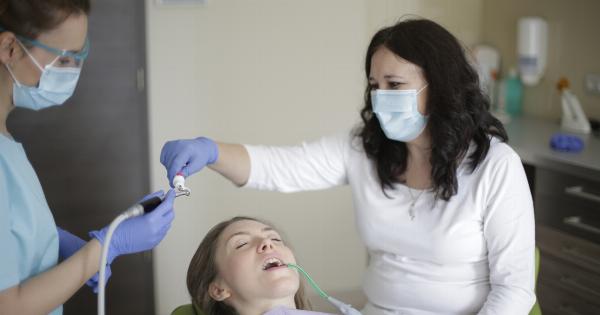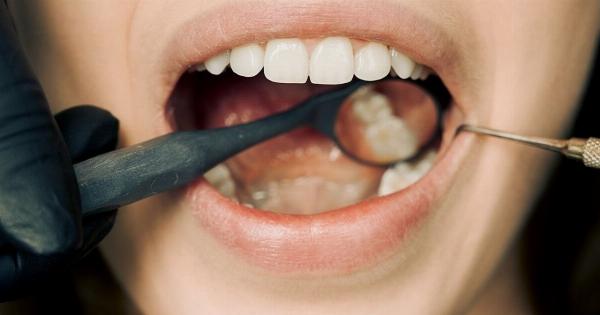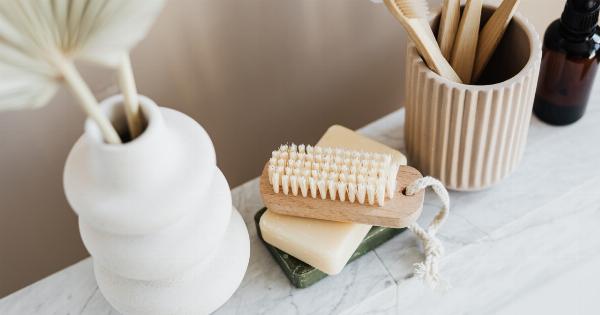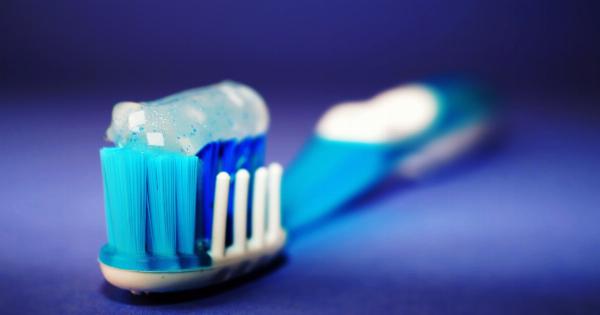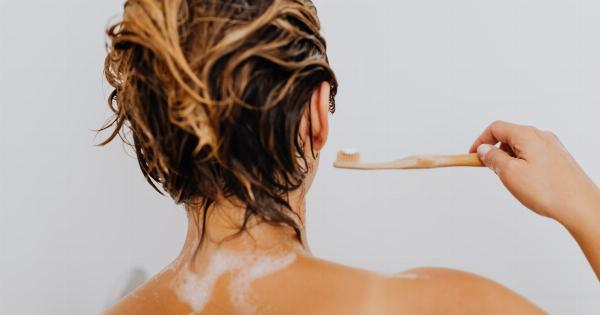Braces are dental orthodontic appliances designed to align teeth and correct jaw positioning. The treatment can improve the appearance of your smile, boost your confidence, and improve your oral health.
If you’re considering braces, here’s a comprehensive guide to help you understand what to expect and how to care for them.
Types of Braces
Braces are made from a variety of materials, including ceramic, metal, and plastic. There are four types of braces available:.
Traditional metal braces:
They are made from high-grade stainless steel and have metal brackets attached to each tooth with a wire around them. They are the most common type of braces, and the least expensive option.
Ceramic braces:
They are similar to traditional braces, but they are made from clear or tooth-colored ceramic materials. They are less noticeable than traditional braces, but may be more expensive and can stain easily if not cared for properly.
Lingual braces:
Lingual braces are similar to traditional braces but are attached to the backside of the teeth. They are virtually invisible but can be challenging to clean, and speech difficulties may occur.
Clear aligners:
Clear aligners are custom-made, removable trays made from clear plastic that fit onto your teeth. They are practically invisible and can be removed for eating and cleaning your teeth. Invisalign is the most popular brand of clear aligners available.
When to Get Braces
Oftentimes, orthodontic treatment requires braces when a child has all of their adult teeth, around the ages of 11-13. However, braces can be applied to anyone at any age, including adults.
Your dentist will assess your teeth and jaw to determine if you’re a good candidate for braces.
What to Expect When Getting Braces
When you receive braces, you should expect the following:.
Placement of brackets:
The first step to getting braces is attaching brackets to each tooth with dental adhesive.
Connecting the wires:
Once the brackets are attached, the orthodontist will connect the wires to each bracket, which will put pressure on your teeth and move them into the correct position gradually.
Soreness:
It is common to experience discomfort after getting braces, especially for the first few days. Over-the-counter pain relievers can help alleviate soreness and pain.
Tightening:
Approximately every 4-6 weeks, the orthodontist will tighten the wires, applying more pressure on your teeth to make them move into the correct position. The tightening can cause discomfort and soreness that lasts for a few days.
Oral hygiene:
Maintaining proper care for your teeth is extremely important when you have braces.
You should brush your teeth at least twice a day with a soft-bristled toothbrush, floss daily, and use an antimicrobial mouthwash to help prevent gum disease and tooth decay.
Foods to Avoid:
You should avoid hard, sticky, and crunchy foods when you have braces. These types of foods can get stuck between wires and brackets, causing damage and prolonging treatment time.
How Long Does Treatment Take?
The length of time you’ll need to wear braces varies depending on your individual needs. Most people wear braces for 18-24 months, but some may need them for less or additional time.
Factors that determine treatment time include the severity of dental issues, age, oral hygiene practices, and compliance with the orthodontist’s instructions.
Braces Aftercare
After your braces are removed, you’ll wear a retainer to help maintain your teeth’s new position. It’s essential to wear the retainer consistently as recommended to avoid relapse and reverse the treatment’s progress.
Cost of Braces
The cost of braces varies depending on the type of braces you choose, the length of treatment, and where you live. Traditional braces tend to be less expensive than other types, and costs can range anywhere from $2,500 to $7,500.
The best way to determine the cost of braces is to schedule an appointment with your orthodontist.
Conclusion
Braces can improve your smile and oral health, but require proper care before, during, and after treatment.
It’s important to work closely with your orthodontist to determine the best treatment plan, follow instructions, and maintain proper oral hygiene to promote successful orthodontic treatment.



